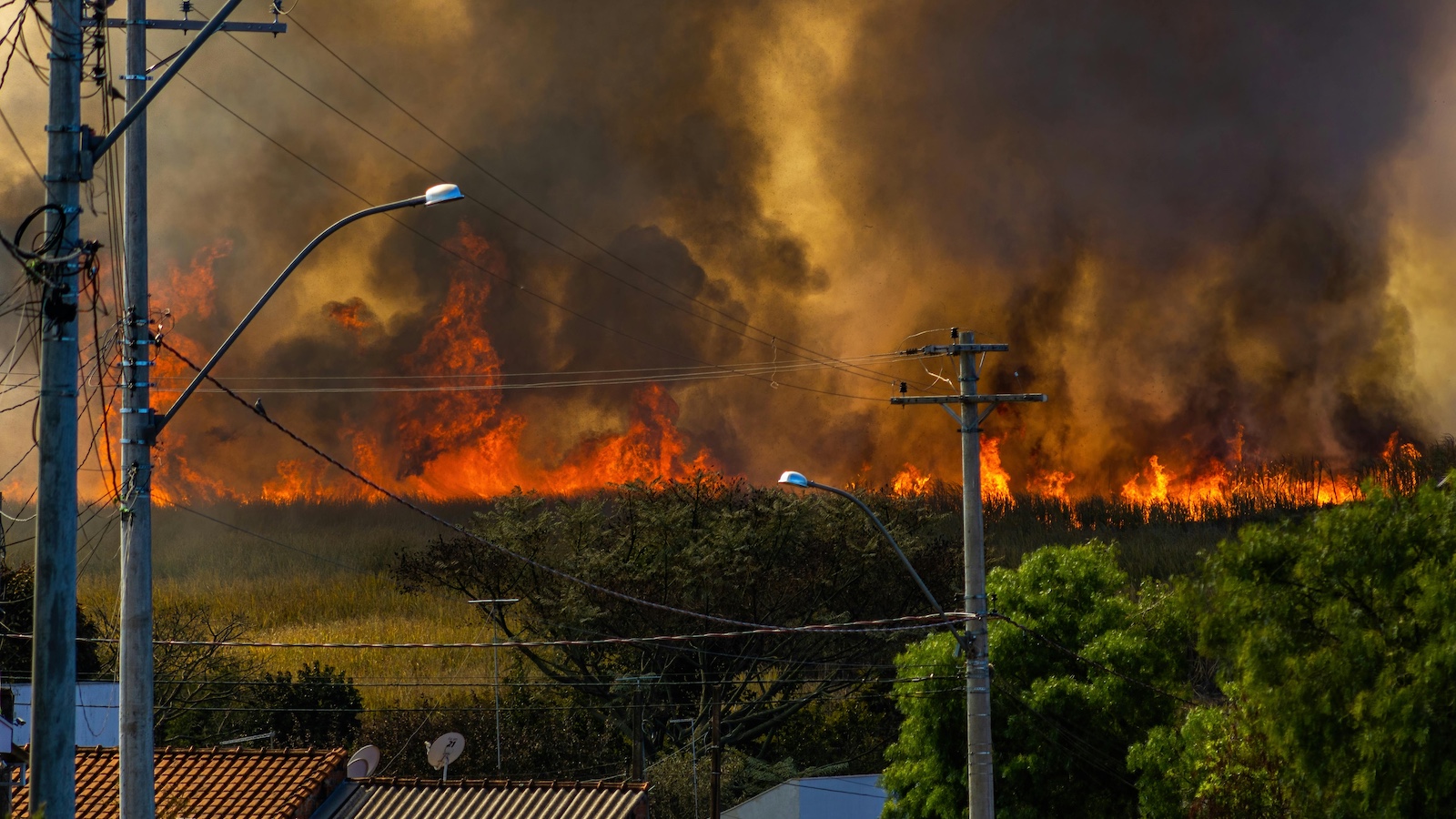Impact Forecasting, the catastrophe model development team of Aon’s Reinsurance Solutions business, reports that many countries saw a worsening in drought-related and wildfire conditions during July, leading to hundreds of deaths and a significant financial impact globally – particularly on the agriculture, forestry, water management and fisheries industries.
Preliminary aggregated estimates of economic losses entirely due to harvest reduction and affected forestry exceeded multiple billions of dollars.
Northern Europe was hit by a long-term rainfall deficit that caused one of the deepest droughts on record, contributing to combined European drought losses in excess of $4 billion. According to various industry estimates, German farmers alone could face economic losses of $2.9 billion.
Other severe drought events affected agriculture in Australia and Central America, and an extensive heatwave killed more than 150 people in Japan and South Korea.
In California, the Carr fire became one of top 10 most destructive wildfires on record after being ignited near Redding, killing six people, destroying roughly 1,600 structures and damaging hundreds more. The total economic cost was anticipated to exceed $1 billion, with insurance losses also expected to approach or top that total.
Another Northern California wildfire, the Mendocino Complex fire, destroyed 143 structures and became the largest fire in the modern record (since 1932) in California.
The deadliest wildfire event on record in Europe since 1900 had a devastating impact in the Mati, Eastern Attica region of Greece, killing at least 92 people. The fire, and others in Attica, destroyed at least 905 structures and damaged a further 740.
Elsewhere in Europe, Sweden battled the most significant wildfire outbreak in its modern history, with damage exceeding $100 million.
See also: How to Fight Growing Risk of WildfireMichal Lorinc, an analyst within Impact Forecasting’s Catastrophe Insight team, said: “The month of July was marked by record-breaking heat, deepening droughts and destructive wildfires in areas all around the globe. Nearly every major continent recorded some type of peril impact that will lead to a major cost to agricultural interests. In Northern Europe alone, the cost to local farming interests is expected to result in a multibillion-dollar loss in harvest output. All eyes are on the looming possibility of an El Nino return by the end of the year, which could exacerbate these types of impacts.”
Further natural disaster events to have occurred elsewhere during July include:
- Historic rainfall in Japan caused significant flash flooding and mudslides, leaving at least 230 people dead or missing. Nearly 50,000 homes were damaged or destroyed, with the General Insurance Association of Japan reporting 48,000 insurance claims being paid, at a preliminary cost of $711 million.
- Notable flooding occurred in Arizona and the U.S. Northeast, Nigeria, Russia’s Far East, India and multiple countries in Southeastern Asia, including Myanmar, Vietnam, Laos, Cambodia and the Philippines. Seasonal flooding in China prompted aggregated economic losses nearing $1 billion.
- Multiple typhoons in the Western Pacific Ocean Basin left notable damage in parts of China, Vietnam and Japan. The costliest was Typhoon Maria, which caused nearly $500 million in economic damage in China. Other storms that tracked across Southeast Asia were Sonh-Tinh, Ampil and Jongdari.
- Several outbreaks of severe weather led to widespread damage across parts of the U.S., Canada, France, Germany, Italy and China during July.
- Major earthquakes caused severe damage and injuries in Iran (July 22) and Indonesia (July 28).






